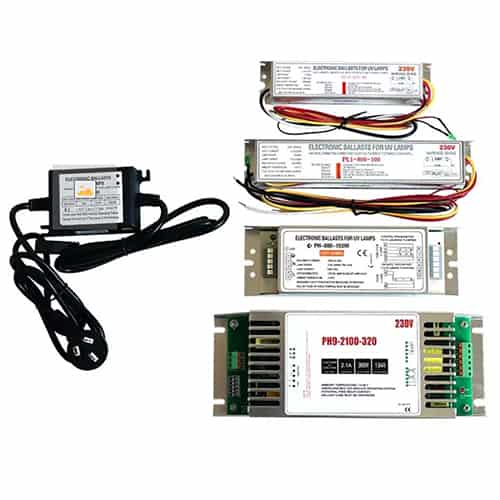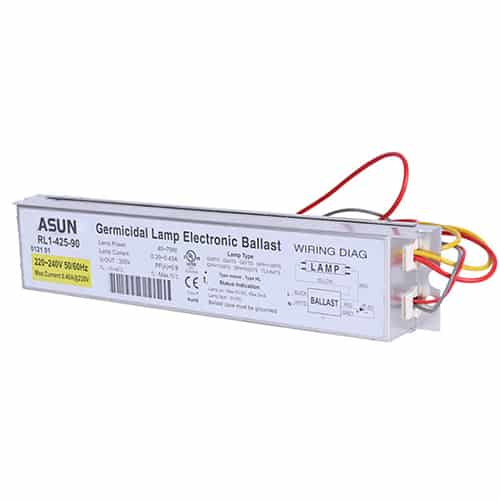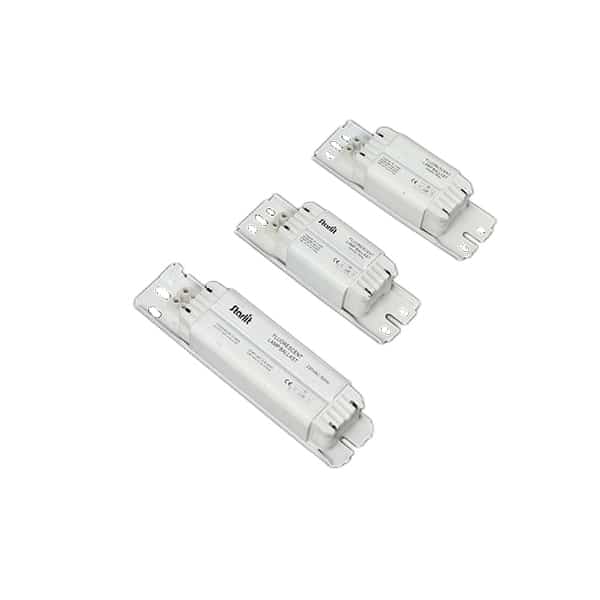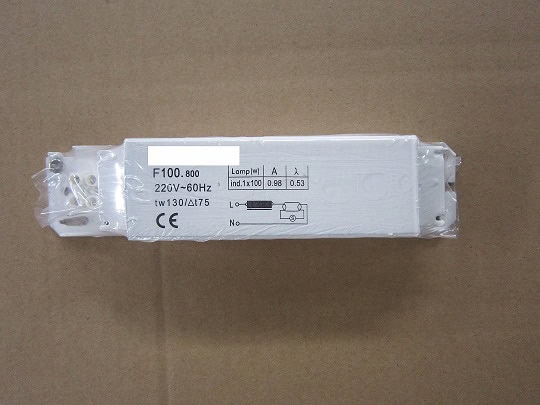Converting from fluorescent to LED can be a pain in the butt, especially when you have to worry about the light ballast. Bypassing the ballast is the best way to make sure your LED tubes work right.
To bypass a ballast, you have to take out the ballast and rewire the fixture so the electricity goes straight to the LED tube.
This guide will show you how and why to bypass the ballast when you switch to LED tubes.
Does an LED Tube Need a Ballast?
LED tubes do not require a ballast for operation. Unlike fluorescent lamps, which need a ballast to regulate the current and ensure smooth operation, LED tubes are designed to run directly from the electrical supply. Fluorescent ballasts in traditional fixtures control the flow of electricity, but they are redundant when using LED technology.
Modern LED tubes come in two types: plug-and-play tubes that can work with existing ballasts, and ballast-bypass tubes that require direct wiring. Ballast-bypass tubes are recommended because they eliminate potential ballast issues and improve long-term efficiency.
How Do You Bypass an Electrical Ballast?
To bypass an electrical ballast, you must rewire the fixture, allowing the current to flow directly to the LED tube. Here are the steps to bypass the ballast:
- Turn off the power at the breaker.
- Remove the cover and fluorescent tube from the fixture.
- Cut the wires connecting the ballast to the fixture.
- Connect the live (hot) and neutral wires directly to the LED tube.
- Install the LED tube and turn on the power.
Bypassing the ballast ensures the current flows efficiently to the LED tube, reducing the risk of flickering or other operational issues.

How Do I Know If My Ballast is Compatible with LED?
Some LED tubes are designed to work with existing ballasts, but not all ballasts are compatible. You can check compatibility by reading the specifications provided by the LED tube manufacturer. If the ballast is old or incompatible, it could lead to reduced efficiency, flickering, or complete failure of the LED tube.
For most cases, especially with older fixtures, it’s better to bypass the ballast completely, as this ensures that the LED tube will work efficiently and reliably.
Can I Replace a Fluorescent Tube with LED?
Yes, you can replace a fluorescent tube with an LED tube, but you must decide whether to use a plug-and-play LED tube or bypass the ballast. Plug-and-play tubes are designed to work with your existing ballast, but this setup can result in future maintenance issues if the ballast fails.
In most cases, bypassing the ballast is the recommended solution. It simplifies the wiring and ensures that the LED tube receives power directly, eliminating the need for a ballast.

Can You Bypass the Ballast for LED Tubes?
Yes, bypassing the ballast is the most efficient way to install an LED tube. Ballast-bypass LED tubes are designed to operate directly from the power supply without the need for a ballast.
Removing the ballast and rewiring the fixture allows the LED tube to function optimally. It also reduces energy consumption since the ballast, which uses extra power, is no longer part of the system.
How to Wire an LED Light Without Ballast?
To wire an LED light without a ballast, you need to reconfigure the fixture’s wiring. After disconnecting the ballast, follow these steps:
- Connect the live wire (hot) to one end of the fixture.
- Connect the neutral wire to the opposite end.
- Secure all connections and ensure the wires are properly insulated.
- Install the LED tube according to the manufacturer’s wiring diagram.
By wiring the LED tube directly, you eliminate the need for the ballast, improving the efficiency and reliability of your lighting system.

Why Don’t My LED Fluorescent Lights Work?
If your LED fluorescent lights are not working, the most common causes are fluorescent light ballast compatibility issues or improper wiring. Plug-and-play LED tubes require specific ballasts to function, and if your ballast is incompatible, the LED tube will not light up.
Incorrect wiring after bypassing the ballast can also cause the lights to malfunction. Double-check that the live and neutral wires are connected correctly according to the LED tube’s wiring diagram.
Why Remove Ballast for LED?
Removing the ballast when installing LED tubes reduces maintenance and energy consumption. Ballasts are prone to failure over time, and keeping them in the system can cause unnecessary complications. They also consume additional energy, even when the lighting is off.
By removing the ballast, you improve the overall performance of your LED lighting system, ensuring longer lifespan and better efficiency. This approach minimizes future maintenance needs and lowers operating costs.
Bypassing the lamp ballast when you put in LED tubes is an easy way to make your lights work better and keeps you from having compatibility problems.

